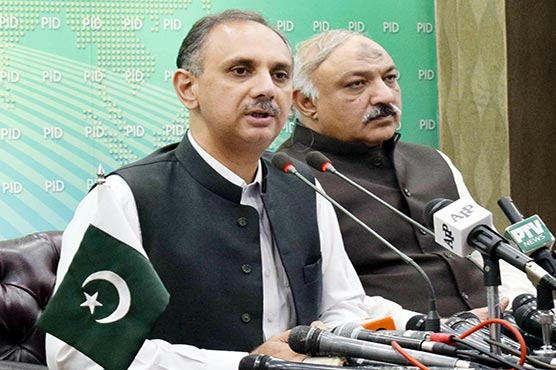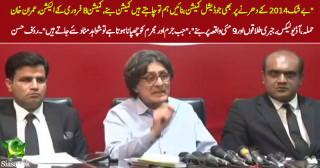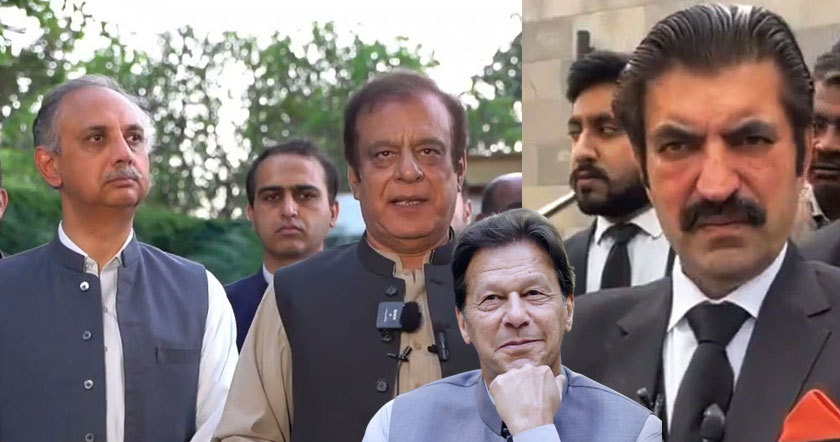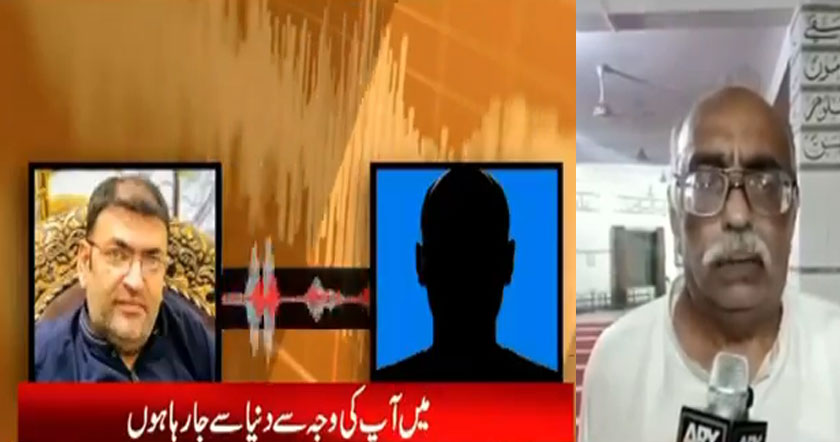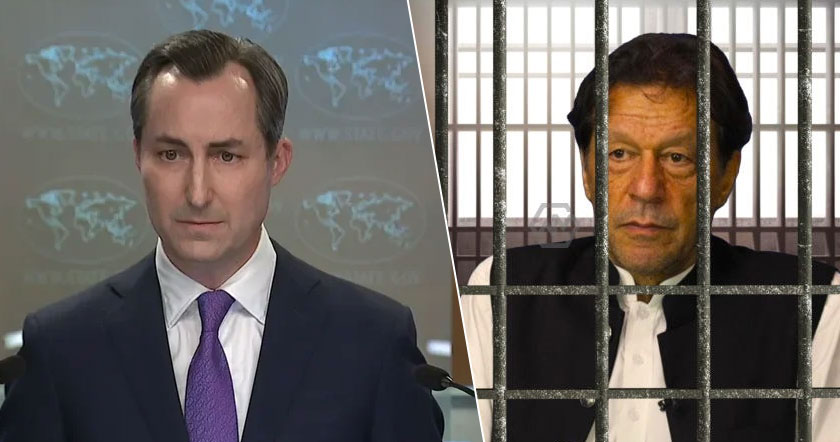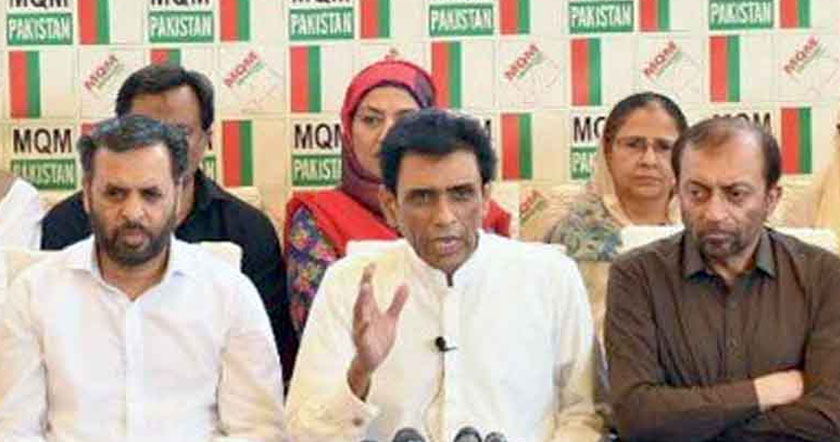ISLAMABAD: The government on Tuesday told a parliamentary panel that despite the recent 15 per cent increase in consumer tariff, the power sector’s circular debt would go up by Rs436 billion during the current fiscal year to reach Rs2.6 trillion.
The meeting of the National Assembly Standing Committee on Finance was presided over by MNA Faizullah, and was given a presentation by the Power Division’s Additional Secretary Waseem Mukhtar.
Mr Faizullah pointed out that strangely a position paper provided to the standing committee mentioned an increase of Rs500bn in circular debt during the current year, with the debt set to cross Rs2.8tr by June 30, 2021. This would have serious consequences for the budget.
Mr Mukhtar said the circular debt had accumulated to Rs2.303tr at the end of December when compared to Rs2.15tr by the end of June 2020. He said the government expected a slowdown in debt buildup due to the recent tariff increase.
Also, he said some non-tax adjustments of about Rs64bn as well as the tariff increase would help curtail circular debt at Rs2.6tr instead of previous projections of Rs2.8tr by end-June 2021.
Giving reasons for the circular debt increase, the additional power secretary said about 3.5pc technical and distribution losses in the power companies were over and above the permissible limit set by the regulator, besides the other inefficiencies or non-payment of dues by the distribution companies and K-Electric.
He said each per cent of loss amounted to about Rs17bn per annum and therefore total gap on this account worked out to Rs60-65bn.
He said the circular debt increase of about Rs450bn included about Rs300bn on which the Power Division did not have any control. On the basis of existing tariff notifications, a total of Rs317bn subsidy was required during the current year but the finance ministry had budgeted only Rs144bn, leaving an unbudgeted subsidy gap of Rs177bn.
The finance secretary was of the view that the subsidy of Rs140bn for power sector was budgeted on the assumption of providing targeted subsides and was not purposely under-budgeted.
The finance ministry also acknowledged that Rs1tr parked in the Power Holding Company taken into debt during the current fiscal year was not there at the time of preparation of budget and this would of course increase the total debt and debt servicing.
Hina Rabbani Khar said there was 100pc increase in electricity tariff for lifeline consumers using up to 50 units per month from Rs2 per unit to Rs3.95 per unit.
Waseem Mukhtar said a circular debt management plan was being prepared in consultation with the finance ministry that envisaged benchmarks for improvement in recoveries, timeline for tariff increase to recover actual cost of electricity as well as to finalise how to budget the subsidy for power sector.
Participants believed that a bulk share of the increase in the circular debt came from poor governance in the public sector itself. It was noted that Rs177bn addition in circular debt included non-payment of budgeted and unbudgeted subsidy, delayed payments on account of interest to IPPs, other mark-ups, pending price adjustment on account of quarterly and monthly adjustments and non-payments by K-Electric.
A Power Division report showed that about Rs31bn debt flowed from operations of the distribution companies, Rs65bn on account of unpaid subsidies, Rs34bn from higher interest due to non-payments of dues to IPPs, Rs33bn mark up on power holding company, Rs103bn in pending generation cost and Rs34bn non-payments by K-Electric.
The Power Division said the circular debt management plan was being implemented to minimise its buildup. It said the total circular debt increased by Rs538bn during the fiscal year 2019-20 at the rate of about Rs45bn per month.
During July-November of 2019-20, the debt increased by Rs179bn at the rate of Rs36bn per month while it slightly reduced to Rs156bn during July-November 2020-21 at the rate of Rs31.2bn per month.
Published in Dawn, February 24th, 2021
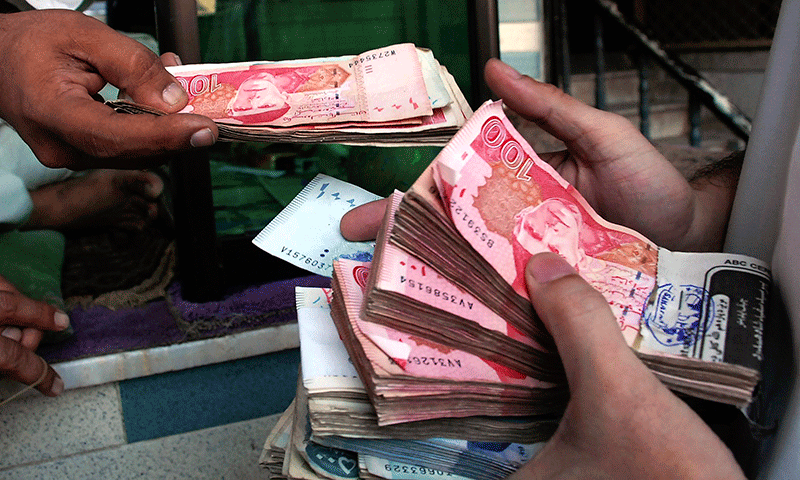
The meeting of the National Assembly Standing Committee on Finance was presided over by MNA Faizullah, and was given a presentation by the Power Division’s Additional Secretary Waseem Mukhtar.
Mr Faizullah pointed out that strangely a position paper provided to the standing committee mentioned an increase of Rs500bn in circular debt during the current year, with the debt set to cross Rs2.8tr by June 30, 2021. This would have serious consequences for the budget.
Mr Mukhtar said the circular debt had accumulated to Rs2.303tr at the end of December when compared to Rs2.15tr by the end of June 2020. He said the government expected a slowdown in debt buildup due to the recent tariff increase.
Also, he said some non-tax adjustments of about Rs64bn as well as the tariff increase would help curtail circular debt at Rs2.6tr instead of previous projections of Rs2.8tr by end-June 2021.
Giving reasons for the circular debt increase, the additional power secretary said about 3.5pc technical and distribution losses in the power companies were over and above the permissible limit set by the regulator, besides the other inefficiencies or non-payment of dues by the distribution companies and K-Electric.
He said each per cent of loss amounted to about Rs17bn per annum and therefore total gap on this account worked out to Rs60-65bn.
He said the circular debt increase of about Rs450bn included about Rs300bn on which the Power Division did not have any control. On the basis of existing tariff notifications, a total of Rs317bn subsidy was required during the current year but the finance ministry had budgeted only Rs144bn, leaving an unbudgeted subsidy gap of Rs177bn.
The finance secretary was of the view that the subsidy of Rs140bn for power sector was budgeted on the assumption of providing targeted subsides and was not purposely under-budgeted.
The finance ministry also acknowledged that Rs1tr parked in the Power Holding Company taken into debt during the current fiscal year was not there at the time of preparation of budget and this would of course increase the total debt and debt servicing.
Hina Rabbani Khar said there was 100pc increase in electricity tariff for lifeline consumers using up to 50 units per month from Rs2 per unit to Rs3.95 per unit.
Waseem Mukhtar said a circular debt management plan was being prepared in consultation with the finance ministry that envisaged benchmarks for improvement in recoveries, timeline for tariff increase to recover actual cost of electricity as well as to finalise how to budget the subsidy for power sector.
Participants believed that a bulk share of the increase in the circular debt came from poor governance in the public sector itself. It was noted that Rs177bn addition in circular debt included non-payment of budgeted and unbudgeted subsidy, delayed payments on account of interest to IPPs, other mark-ups, pending price adjustment on account of quarterly and monthly adjustments and non-payments by K-Electric.
A Power Division report showed that about Rs31bn debt flowed from operations of the distribution companies, Rs65bn on account of unpaid subsidies, Rs34bn from higher interest due to non-payments of dues to IPPs, Rs33bn mark up on power holding company, Rs103bn in pending generation cost and Rs34bn non-payments by K-Electric.
The Power Division said the circular debt management plan was being implemented to minimise its buildup. It said the total circular debt increased by Rs538bn during the fiscal year 2019-20 at the rate of about Rs45bn per month.
During July-November of 2019-20, the debt increased by Rs179bn at the rate of Rs36bn per month while it slightly reduced to Rs156bn during July-November 2020-21 at the rate of Rs31.2bn per month.
Published in Dawn, February 24th, 2021

Circular debt to rise despite tariff increase, NA body told
During July-November of 2019-20, the debt increased by Rs179bn at the rate of Rs36bn per month.
www.dawn.com


